“You know what a trampoline is?”, Jonathan Kuminga is asking. “For you to jump on?”, he clarifies.
The question is an answer to the question of whether the 19-year-old came to view basketball as a home during his high school hop-scotching from West Virginia to New York and New Jersey, and eventual enrollment with G League Ignite in Walnut Creek, California. It’s an abstract question and he’s responded in kind. Rather than viewing basketball as a constant, Kuminga looked at it as an accelerant apparatus — specifically, a trampoline.
“You use basketball to get everything you want, all the opportunities,” Kuminga says, with one clear distinction. “Basically it was school, and then basketball came after.”
That order of importance was as critical for Kuminga’s parents as it was for his decision to pursue basketball as something serious enough to pin his future on. Growing up in Goma, in the Democratic Republic of the Congo, Kuminga first picked up a basketball when he was two. Both his parents — at his estimate, his mom stands between 5’10” and 6’ and his dad between 6’5” and 6’6” — were athletic, his mom primarily playing volleyball and his dad basketball, and with no gyms close to where the family lived, Kuminga relied on his parents taking him to play when they could.
“We don’t have gyms anywhere near the house, you have to walk a couple miles for you to get there,” Kuminga recalls. “And so for a young kid, that’s not safe. Even if they see a future ahead of you, they’re not going to let you just go by yourself anywhere and be in a critical situation and things like that.”
But when Kuminga turned 10, he remembers something changed, “That’s when my parents started letting me go to the gym by myself.”
It was a decision that shaped his trajectory for the next nine years both in choosing basketball as a possibility, and in an acquiescence from his family.
“They never really let me do anything. Especially basketball wise. They’d rather me stay home and not play basketball,” Kuminga says. “So, for my parents just trusting me, letting me go to the gym by myself sometimes, I think that’s when I realized that I had a chance to be whatever I wanted to be if I keep doing the same thing.”
His parents’ protectiveness taking a necessary backseat to allowing him to pursue his dreams would only add to a young Kuminga’s determination and drive. “I think that’s when I really fell in love with the game, and just wanted to be at the gym every single day,” he remembers. “Like it don’t matter what time. And I think that’s when I started believing in myself.”
It’s a moment of distinction that’s difficult to describe, but something all professional athletes share. The alignment of a love for something with the realistic assessment of being good enough to turn the dream into tangible reality and make it their job. Chance is also tied up in that calculation, specifically, trusting yourself enough to know when to take one. For Kuminga, it was turning down college offers from Duke, Texas Tech, Kentucky, Auburn and more to opt into a brand new program offered by the NBA’s G League.
The G League Ignite started as an alternative for blue chip high school recruits who didn’t want to play the requisite one year of college, or one year overseas, in order to declare for the NBA Draft. With Ignite, players would be paid to play and simultaneously take classes focused on sports business, from managing their brand, state and municipal tax considerations, and financial literacy, like what percentage of salary they could expect to pay their agents. They would also get on-court reps — a lot of them.
Alongside Kuminga in Ignite’s initial roster were Jalen Green and Isaiah Todd, who also went on to be drafted in 2021. So too were veteran players Amir Johnson, Jarrett Jack and Bobby Brown. While his time in the program was derailed by the pandemic, Kuminga played 13 games, averaging 15.8 points, 7.2 rebounds in 32 minutes per game.
“It’s a lesson in learning the NBA itself and how it operates — practice structure and travel — and the Ignite team mirrors that in many ways,” Jama Mahlalela, the Warriors new Director of Player Development and Assistant Coach, has said of Kuminga’s road to the NBA through Ignite. “Having teammates like Amir Johnson and Jarret Jack who had been through it, and learning from them, helped Jonathan as he’s come to us.”
Kuminga was drafted 7th by the Warriors, a distinction he shares with his cousin, Emmanuel Mudiay, who was drafted 7th by the Nuggets. When asked if it irked him not to go at least one higher so he could tease Mudiay, Kuminga turns serious.
“I wanted to go one,” he says, his voice decisive. “I know I was going one, but I don’t know what happened. I can’t control it, but I dropped to seven.”
While he admits being drafted to a team like the Warriors is something he was still “really happy about,” there’s a sense when speaking to Kuminga that the results of the Draft have become a source of stubborn inspiration for him, evident on the floor this season and in his quick crumpling up of a potential opening icebreaker.
Kuminga plays with no trace of levity. That is, he is as imposing in his size and strength, using them to unbalance his defenders easily, as he is in his resolved composure on court. For being the youngest player in Warriors history to score at least 20 points, in a December game that was a short-manned matchup with the Raptors, or coming into a league rife with flashy gunners with a reputation for deliberate, purposeful shooting, there’s not much of Kuminga’s age evident in his professional bearing.
“He sees the game way better than I thought he’d see the game,” Kuminga’s famously blunt teammate, Draymond Green, said of the rookie’s skills at the start of this season, “The way he can put the ball on the floor, collapse the defense and kick it out, I didn’t expect him to read the floor like that. He does a great job of it, and I think that is the biggest surprise for me.”
“I’ve got so much in my game that I really haven’t shown to people,” Kuminga says of that intuitive sense of the game Green touched on. “But I feel I got so much in my game that whenever I play, a lot of people be surprised that I’m able to do things like that.”
Green, along with Steph Curry and Klay Thompson, are the veteran players Kuminga says he’s worked to build trust with the most this season. He sits next to Green in the locker room and has made an appearance on Thompson’s beloved boat. He admits there’s not many rookies who are afforded the kind of insight he’s getting in his first season in the NBA, and that Green “doesn’t believe in a lot of things and a lot of people,” but asked whether he’s folding any elements of their games into his own and he’s clear. “Nah, we’re different types of people. But as much as I can gain from them, that’s all I wanted.”
Kuminga’s road to the NBA was a non-traditional one, and getting his first preliminary taste of the floor in a pandemic — initially in the G League Bubble, now a season juddering on its rails with Omicron practically train-heisting team rosters — has held his rookie year to the same strange parameters.
“I’ve been a professional since last year, but the G League is way different,” Kuminga says of the adjustment between Ignite and a championship franchise like the Warriors. “It’s a lot of things that come ahead of you that you wasn’t expecting, that you just gotta know how to control them. And some of them you cannot control, but just that type of adjustment that you need to do to stay in this league and be one of the greatest.”
That knack for adjusting has afforded Kuminga a distinct versatility, something he further capitalized on in the early-season minutes racked up shuttling between the Warriors and their G League affiliate in Santa Cruz, and gaining NBA starting minutes when Golden State managed its COVID protocols.
“He kind of showed how talented he is, how young he is, how high his ceiling is and how far he has to go – all in one night,” Warriors coach Steve Kerr said of Kuminga’s performance in Toronto. “But that’s the whole point of getting him reps.”
Those reps and experiences, good and bad, are all invaluable to his development. In a December 28 loss to the Nuggets, Kuminga missed seven free throws and with 12 seconds left and a two-point difference, sprinted down the court to get clear after a steal by Otto Porter Jr., who flipped it to Curry who daisy-chained it back to Porter to find Kuminga under the basket, who was then dutifully blocked by an immovable Nikola Jokic. Against the Pacers two weeks before that the Warriors instead shaved out a win by two, and while Kuminga played just over six minutes, he was +11 on the floor for Golden State. It’s growth by increments, and the team’s keenest and most important eyes are seeing it.
“I think in order for us to go far, he is going to have to play a part in that. He just has some things that none of us other guys bring to the table,” Green said of Kuminga’s brief but impactful time on the floor in Indianapolis, “Some of the things, the tools that he has as a basketball player as far as his quickness, his speed, his athleticism, his strength, and youth. The majority of us don’t have that.”
“I think more so for him it’s just to get over that feeling that he had in the first quarter, I think it could be good for him in terms of dealing with a tough stretch and staying confident in yourself,” Curry said after Kuminga’s tough, late break with Denver. “Because that’s all you can do in this league. You’re going to go through pretty much everything at some point. Excited to see how he bounces back.”
The dynamics of a winning team are inevitably more forgiving, and Kuminga being ensconced in the dominating record of the Warriors this season gives him much more freedom to not just play, but to make the mistakes necessary for a rookie to improve. Comparatively, you only need to look to what the Warriors asked of Kuminga’s predecessor, James Wiseman, in the turmoil of last season to see what a difference a functional, flourishing team makes to establishing a young player’s ceiling.
In 25 games, Kuminga is making 49.4% of his shots, with most of those coming from up close in the paint with dunks, hook shots or second chance points. That’s from averaging between nine and 10 minutes per game. Compared to his draft classmates like Scottie Barnes and Evan Mobley, who play between 33-35 minutes per game and return the same shooting percentage (albeit a larger sample size for shots attempted), Kuminga’s shot percentage is competitive. Factor in that he’s playing on a team where the ball is naturally going to get in Curry’s — and Thompson’s once he’s back — hands, then his shooting, for small sample size of opportunities he’s getting, seems even more a miracle.
With the Ignite, Kuminga shifted between small and power forward spots, using his quickness and speed to capitalize on mismatches. For the Warriors, his versatility may be his best attribute, evidenced in the defensive assignments he’s had against DeMar DeRozan and Chris Paul, the former on whose legendary pump-fakes Kuminga refused to bite and the stubborn latter who he even more stubbornly stayed stuck to. On a team that helped bring small-ball into popularity, Kuminga’s future could be as much as a small-ball center as it is on the wing, all the while still encouraging him to hone his 3-point shooting.
“I want him shooting 3s. I want him shooting open 3s. But I want him to recognize when to shoot, when to drive and when to pass. Those are things that sound simple, but it’s not simple,” Kerr said after his starting assignment in Toronto. “So much of a young player’s development is figuring out, ‘What am I in this league? What position do I play? What’s my game?’ In today’s game, to be a top-level player, almost without exception, you have to be able to knock down perimeter shots. For him, that’s going to be the case.”
That goes double when you’re playing on a team that’s built its championships, and superstar players, around the ability to out-shoot, on any given night, any other team in the league.
Overall, the best-case scenario for Kuminga in the interim is to stay fluid with the cushion and benefit of a team needing him in bursts, and without the pressure to crack a dedicated rotational spot this season. He can still develop on an accelerated timeline but without needing to be everything, all at once. Considering his age, even if it doesn’t show up that much on the floor, that’s crucial for his decision-making and his probing at his own potential.
Kuminga, who has referred to himself as a sponge (a term Mahlalela often uses), clearly sees this.
“We’re basically trying to tighten up my game, and knowing where I need to be. And just telling me that it doesn’t matter if I play or I don’t, I shouldn’t be mad about it,” Kuminga says of the work his development coaches Kenny Atkinson and Mahlalela are doing, as well as the advice Leandro Barbosa has given him. “At the end of the day, whenever the time comes, I gotta be ready for that time to shine. Basically just those little things, that’s what they’ve been telling me.”
Kerr has credited Kuminga’s perspective, noting that while it may be “undoubtedly frustrating” for him at times, he’s kept a level, and proactive head. It’s a mindset that Kuminga has no doubt developed on his own, but the foundation started with his family. Asked whether his parents kept up with his high school games, his joining Ignite or even the Draft, Kuminga demurs each time, almost with a faint sense of surprise. The only time his basketball world came to collide with his parents’ hope for him was when Kuminga saw them for the first time in six years, the night before the Draft. But even then, what surprised them most wasn’t the stage their son was about to cross or the platform he’d find himself on, but the physical changes to his face, his body.
“I guess [I was] like a whole different person that they didn’t expect,” he says with a small laugh. “I think my face changed. Like everything changed in my body. It’s like a different type of person that to actually get to see in person, that they have been seeing on internet or anywhere over the past six years.”
His parents unfamiliarity with his basketball wasn’t out of disinterest, but what mattered more to them was whether he was happy and safe. The rest were just details, marks of progress after his initial divergence, the day when his parents let him walk to play ball alone. So while he’s learning from winners now and aspiring for more, perspective, for his family and for Kuminga, has always come from a wider scope.

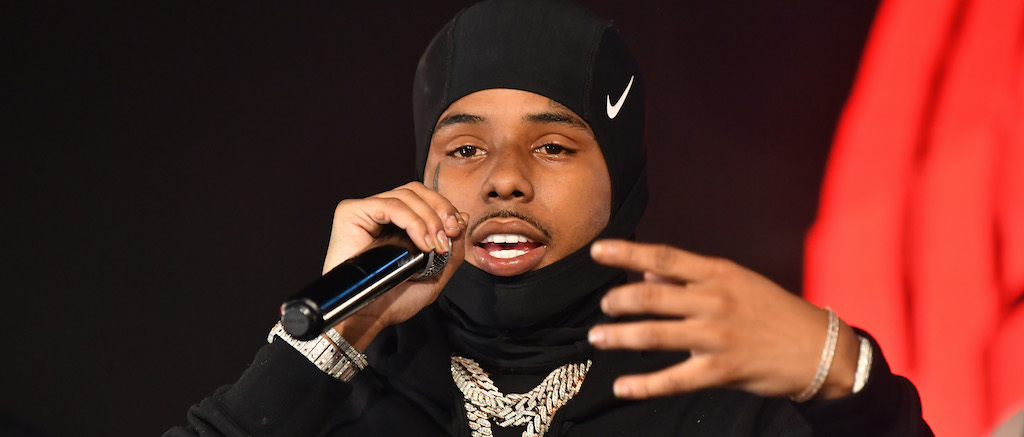
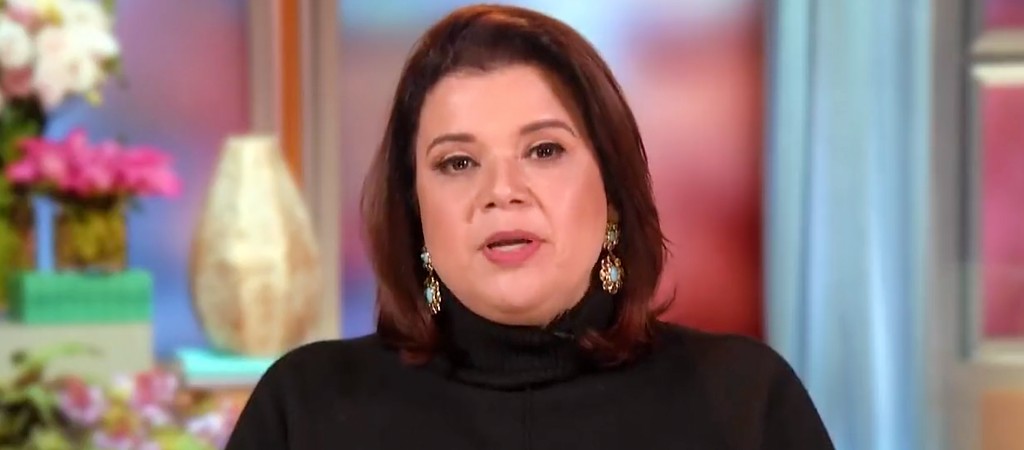
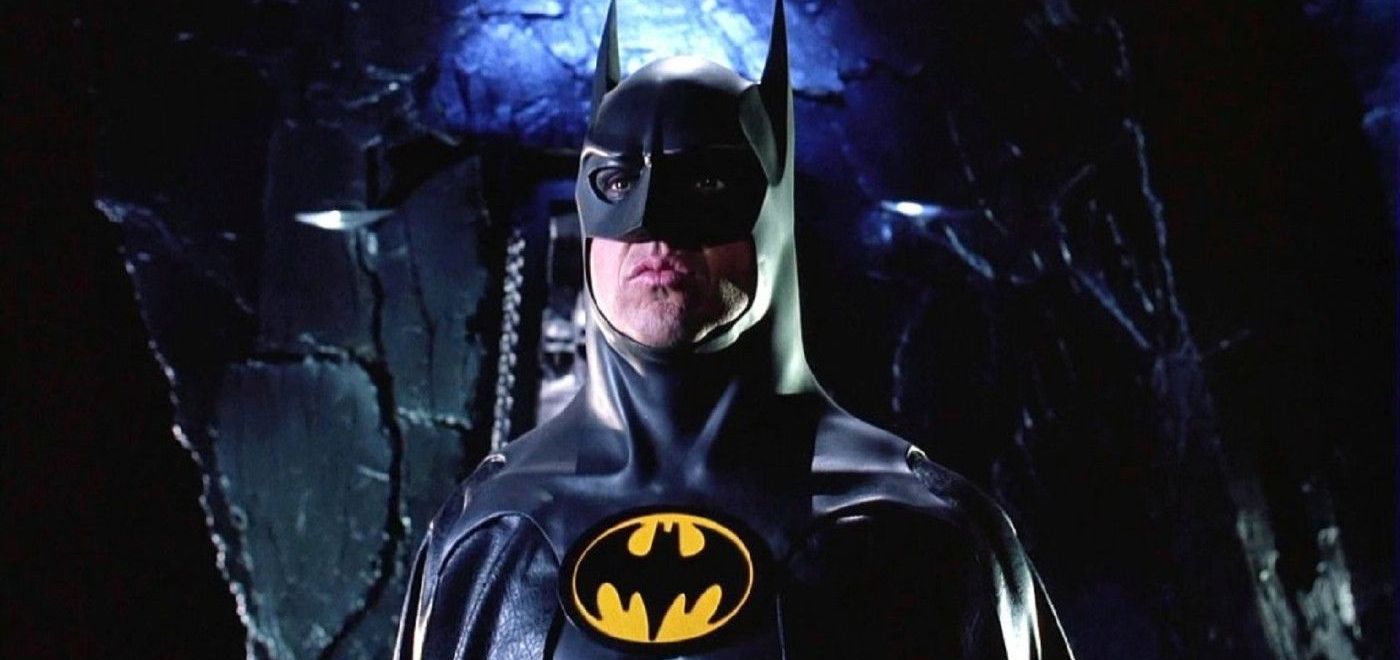

 Listen now as he reveals the thinking behind his characters & explains why actors must pursue the truth, both in their performances and in life
Listen now as he reveals the thinking behind his characters & explains why actors must pursue the truth, both in their performances and in life 
 :
: 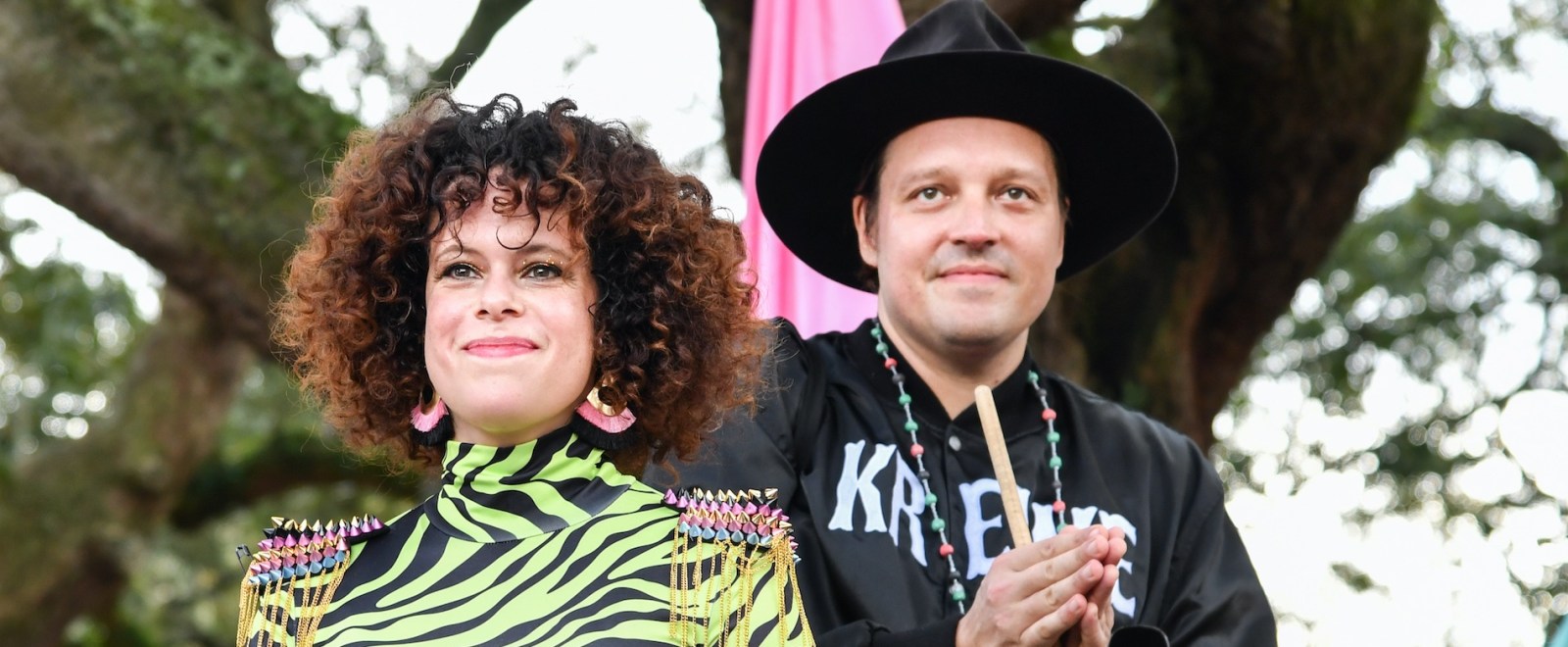

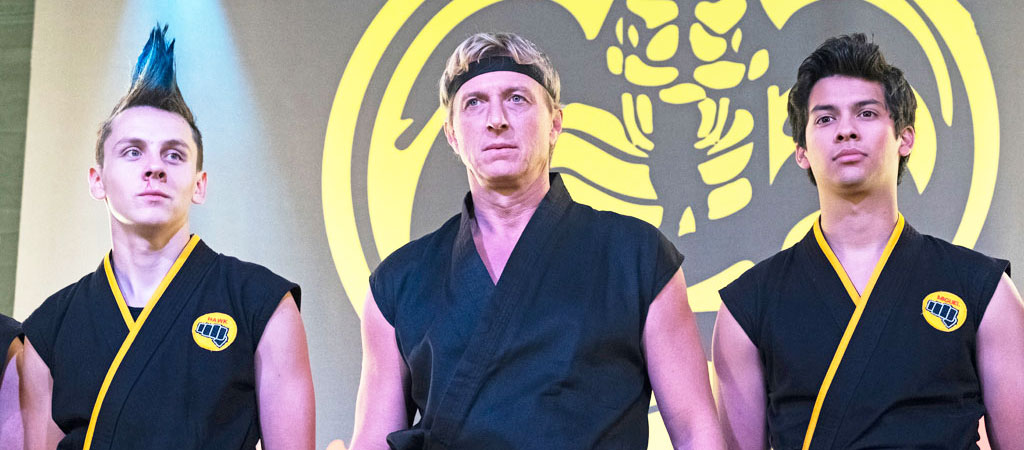
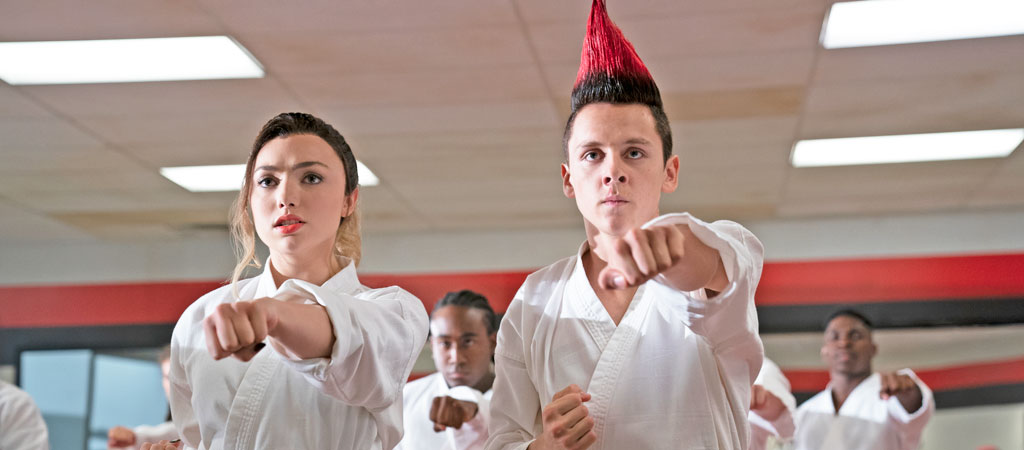
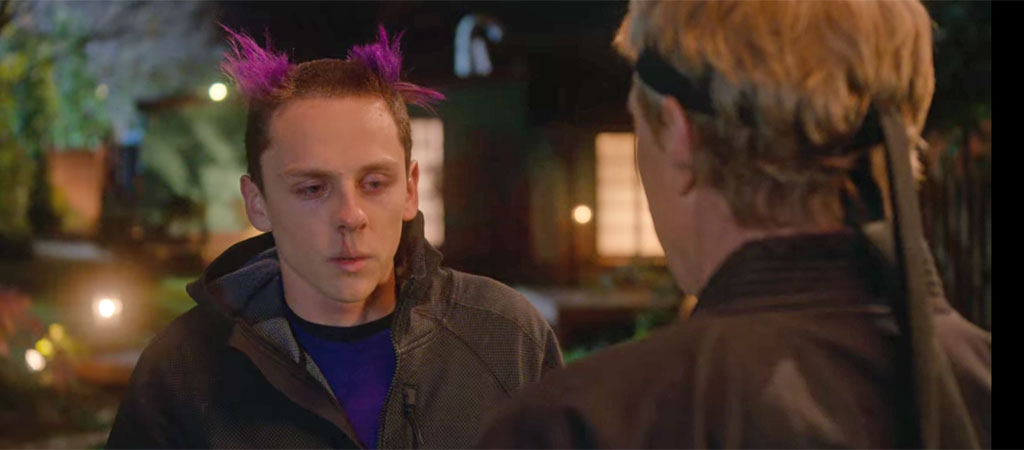




 Join me & my dear
Join me & my dear  .
. 